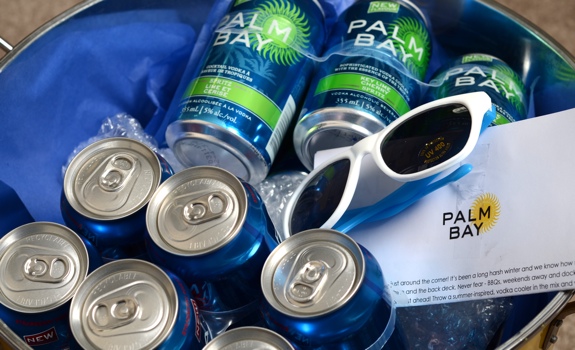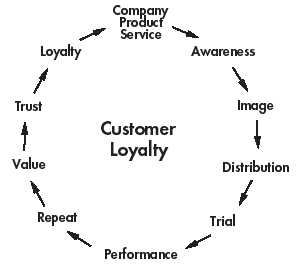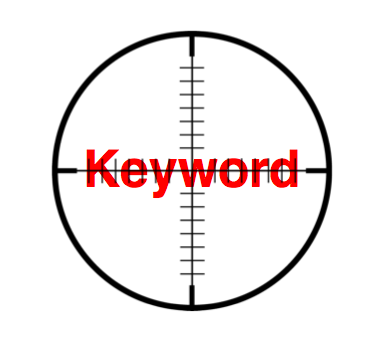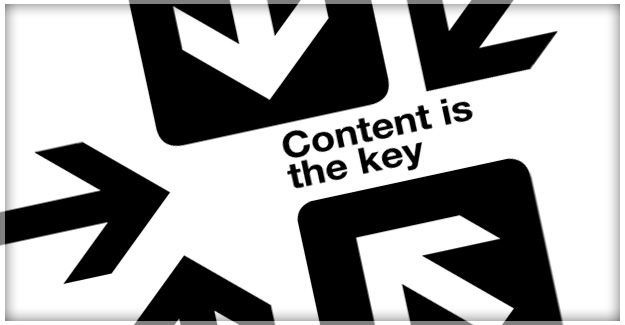A lot of time has been spent talking about what a business can get from a customer or what a customer can get from a business. But the real question is which transaction is more important? Who is ultimately getting the most value in a business to consumer relationship? Until recently I would have said that without a doubt a business receives much more from its consumers, however my opinion has been changed forever.
Ted Rubin, a keynote speaker, suggested that the most important transaction that takes place is called the “Return on Relationship”. He defines this term as “the value accrued by a person or brand due to nurturing a relationship.”

 As a concept this seems very simple but the implementation is a very different story. It takes a lot of work to keep an open line of communication with your consumers, and timing is everything. Jay Baer states that 40% of consumers expect a response within 60 minutes of posting to a social media platform – and that is a lot of pressure for a brand. However, by giving consumers a return on their relationship consumers will move up Seth Godin’s relationship ladder from stranger to friend and from friend to loyal customer. Innately this growth has a monetary value attached to it. Relationships are the new currency!
As a concept this seems very simple but the implementation is a very different story. It takes a lot of work to keep an open line of communication with your consumers, and timing is everything. Jay Baer states that 40% of consumers expect a response within 60 minutes of posting to a social media platform – and that is a lot of pressure for a brand. However, by giving consumers a return on their relationship consumers will move up Seth Godin’s relationship ladder from stranger to friend and from friend to loyal customer. Innately this growth has a monetary value attached to it. Relationships are the new currency! After listening to Rubin at Pivot Con earlier this year my mind has been forever changed. I now see more value in social media that I have ever seen in social before. I have significantly changed the goals for my marketing plans in order to adopt this new way of thinking, because in my eyes, it works! Brand evangelist play a huge role in the success of a brand and quite simply these people would not exist would the Return on Relationship principle.
What brands do you know of that have provided a great relationship experience with you? It can be in-store, online or over the phone – as long as you felt the connection and it was maintained. Palm Bay does an amazing job interacting with their consumers online and responding very quickly to questions or concerns. MANY businesses could learn from this example.

























